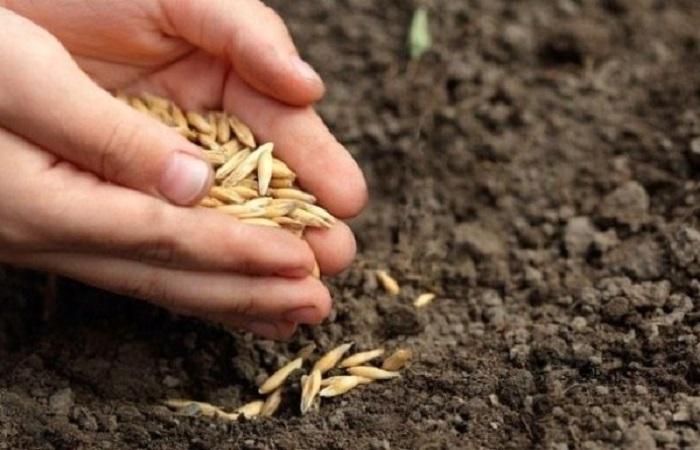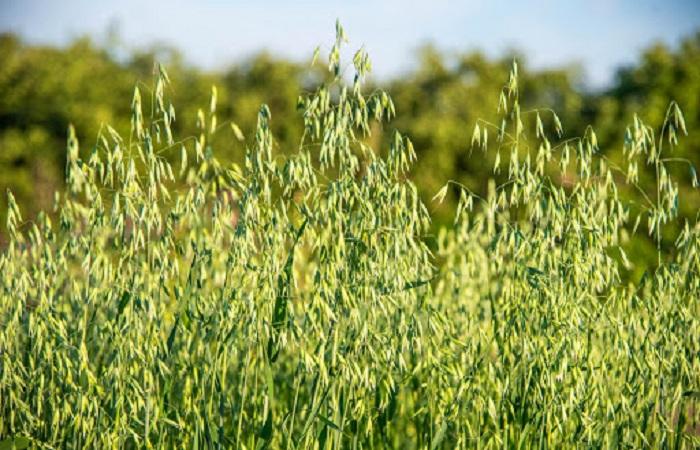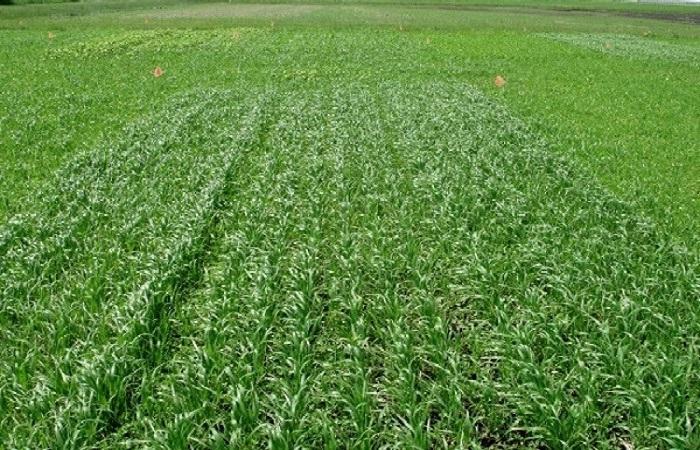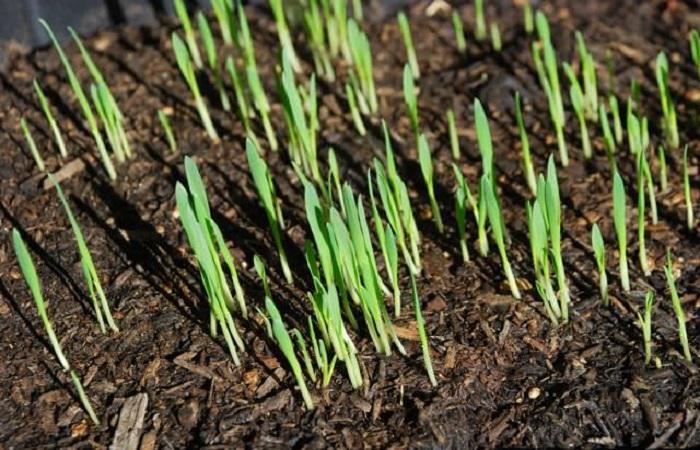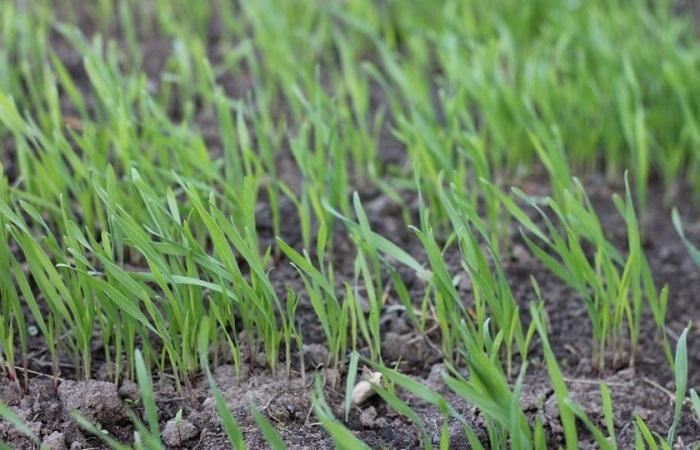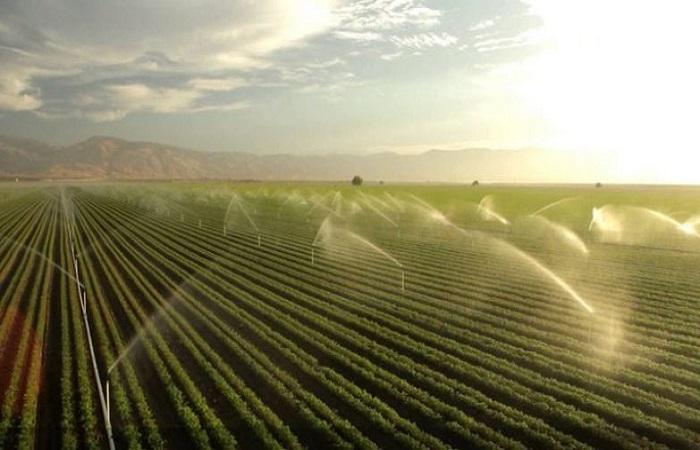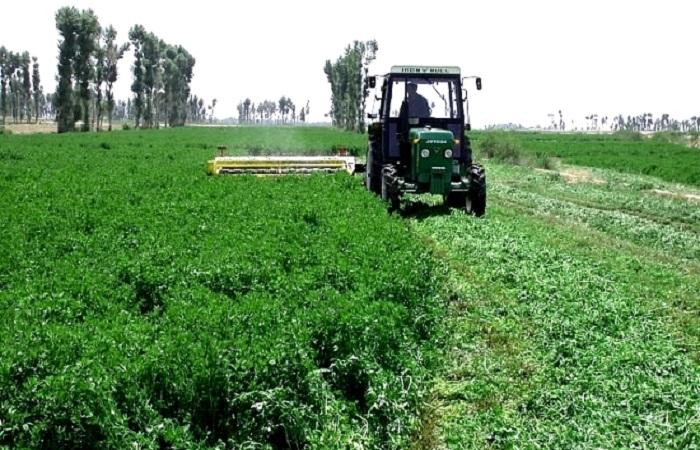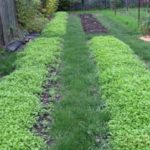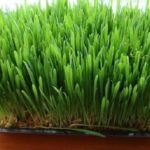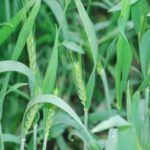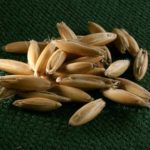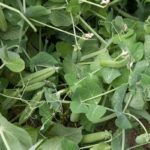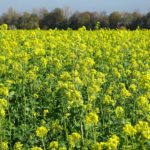Even the most fertile soils become depleted over time and cease to supply plants with the nutrients necessary for growth and development. To maintain soil quality at the proper level, farmers and owners of small plots not only use chemical fertilizers, but also resort to green manure plants that supply the soil with micro- and macroelements. Planting oats as green manure does not require any special expenses or knowledge from the summer resident.
Special properties
Oats supply the soil with substances such as phosphorus and potassium, so to increase soil fertility it is necessary to mow the green mass and dig it shallowly so that it rots. The green manure crop is unpretentious and can be planted on different types of soil, including peat bogs, clayey and sandy soils. Within a few years, with the help of oats, it is possible to increase the fertility of even the most impoverished agricultural lands.
The special properties of green manure plants include the following:
- Thanks to the developed root system, it loosens the soil and increases its air and moisture permeability.
- Characterized by high germination of seed material. Even without special preliminary preparation, the sprouts sprout together and cover the area with a continuous carpet.
- Oat roots contain phytoncidal substances and esters that destroy pathogens of fungal diseases and root rot.
- Thanks to the dense carpet formed by green manure after germination, the number of weeds on the site is reduced.
- Oat seed material is inexpensive, so every owner of a personal plot can purchase it.
- Green manure helps remove nitrates from the soil, which are formed in the soil after the use of mineral fertilizers.
To improve the soil, you can plant both spring and winter oats.
Positive and negative sides of oats as green manure
Before planting oats in your garden, it’s worth understanding how they differ from other green manures and what their advantages and disadvantages are.
The advantages of culture include:
- Compound. The green mass and roots contain a small amount of nitrogen, but a lot of potassium and phosphorus, which are necessary for clay and viscous soils to increase fertility.
- Protein.The stems of the plant contain a much larger amount of nutrients than, for example, alfalfa.
- Increasing soil aeration. Thanks to its powerful root system, the cereal plant is able to increase the air permeability of the soil.
- Prevention of erosion. On the contrary, the root system of green manure binds and strengthens unstable soils.
- Undemanding to soil composition. The green manure plant grows and develops well on any type of soil.
- High yield. If you sow one hundred square meters with oats, you can end up with a nutrient mass equal to 100 kg of manure, practically free of charge.
- Herbicidal properties. After emerging from the ground, the plant forms a dense mass that prevents the growth of weeds and the development of pathogens in the soil.
Speaking about the disadvantages of oats, it is worth noting the following points:
- Small amount of nitrogen in the composition. If the soil lacks this element, oats will not be suitable as a green manure plant; you will need to sow the area with clover or alfalfa.
- Requires humidity and coolness. This green manure plant is ideal for growing in regions with cold springs and plenty of rainfall, and, conversely, in hot climates it will dry out and will not bring the expected benefit, as it needs constant irrigation.
- Small volume of growing green mass. Oats as green manure are suitable for use in areas where fertilizers are constantly applied, and will be of little use on heavily depleted soils.
Before choosing a crop to plant as green manure, the gardener must weigh all the advantages and disadvantages of oats.
What crops are they planted in front of?
In order for green manure to bring maximum benefit and fulfill its functions, it is necessary to take into account that there are crops in front of which it is better not to plant it and, on the contrary, favorable plants.
You should not sow oats after all cereals, as well as potatoes. It is better to plant green manure in front of peppers, tomatoes, eggplants, cabbage, strawberries, raspberries and onions.
Which is better: oats or rye?
What is better to plant on the plot as a green manure crop - rye or oats - depends on the planned time. It is recommended to sow oats in spring or summer, and rye before winter, as it is characterized by high frost resistance.
Time and process of sowing
Oats can be planted as green manure both in spring and autumn, and also continuously throughout the season. Spring sowing of seeds is carried out at the end of March or beginning of April, depending on the growing region. It is necessary to allow the soil to thaw after winter frosts and warm up slightly before sowing oats. However, there is no point in delaying field work; the material must get into moist soil, then it will be easier for it to germinate. The specific timing of planting green manure depends on weather conditions.
Before winter, green manure is sown immediately after harvesting. This method helps prevent soil freezing and destroy pests living in the soil. Planting oats throughout the season is recommended if the soil is too depleted. In this case, the first work is carried out in the spring, and then green manure is sown after each mowing. This technique allows you to maximally nourish the soil on the site.
Plant material can be planted either manually or using a sowing machine, it all depends on the volume of available space.If the gardener plants oats in rows, you will need to prepare 1 kg of seeds per hundred square meters of garden; if the material is distributed continuously, they take 2 times more. The number of seeds also depends on the time of work - before winter, more material is taken, since some may freeze out.
Rules of care
A crop such as oats does not require special agrotechnical care and develops well in any type of soil. During the growth period of green manure, the following procedures must be performed:
- Irrigation. Since oats are a moisture-loving crop, it is necessary to keep the soil moist, especially during seed germination. If natural precipitation is insufficient, additional watering must be organized.
- Trimming. This agrotechnical technique allows you to stimulate crop growth and obtain more green mass. Green manure is trimmed the moment it reaches a height of 15 cm, shortening it by 5 cm.
If after one harvest it is planned to re-seed the area, then the soil must first be dug up with half a shovel.
When to mow green manure
At least 45 days must pass from sowing to mowing green manure. The gardener should focus on the following characteristic signs:
- The green mass stretched out well, and panicles of flowers began to form on it. As soon as pollen becomes visible, it is time to mow the stems.
- If the grain was planted in the fall, it must be mowed before the first frosty days; when planting in spring, it must be done before the first hot days of May.
In order for the oats to have time to rot and turn into fertilizer, it is necessary to embed it in the soil no later than two weeks before the planned planting of vegetable plants.
Can oats be used in summer?
If a gardener plans to re-sow green manure after spring mowing, he must be prepared for the fact that the area will have to be irrigated very often, since in dry soil the sprouts will not be able to break through to the surface. Oats are planted a week after harvesting the cultivated plants. For land that is in a depleted state, this procedure of repeated sowing during the season makes it possible to quickly restore its fertility. The last planting is carried out in September.
When sowing a green manure plant, the gardener must remember the requirements of the crop; only in this case will it be possible to obtain the benefits and saturate the soil with useful substances.

